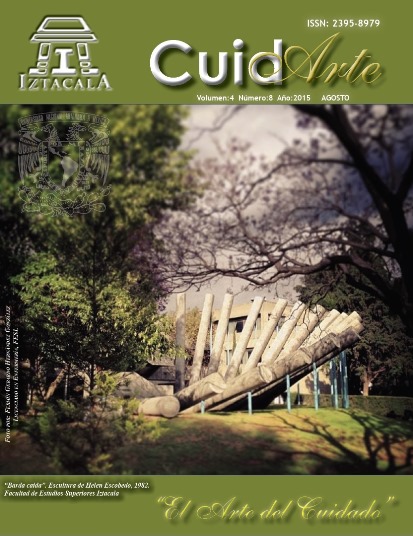Some barriers to the use of medical technology in Mexico
Main Article Content
Abstract
The objective of this trial was the reflect on
the obstacles that represents for our country, the
development and use of medical technology as a
tool for support in the care of patients; and point
out some solutions that can run to optimize the
use of these technologies. In the development of
the work the reader will know some of the medical
technologies that is available, as well as the obstacles
that exist in our context to use them; but it is also
recommended to return to the good judgment of the
physician, to issue a diagnostic successful despite not
having these cutting-edge tools. Medical technology
evolved from the discoveries and the researchers of
past efforts, and are indisputable, the benefits and
the amazing thing of perfection; however, they must
be considered technological equipment as useful
instruments, which will select the most necessary
for a particular diagnosis. In Mexico, have been able
to acquire and use these technological advances, but
there are still many problems for their use, including
high costs in its acquisition and maintenance. So you
must remember and apply the precept Hippocratic
“do not incur an excess of inhumanity, but attend to
the living conditions and resources of the patient”.
As a conclusion we have that it is better to promote
more healthy lifestyles that reach the vast majority to prevent the disease.
Downloads
Article Details
Citas en Dimensions Service
References
(1) Herreman R. Historia de la Medicina. México: Trillas; 1991 (clásico). pp. 163-169.
(2) Pellini C. (compilador). La Enciclopedia del Estudiante.Argentina: Espasa Calpe; 2010. Tomo 12. pp. 1-6.
(3) Porter R. Breve historia de la Medicina. De la Antigüedad hasta nuestros días. México: Taurus; 2004 (clásico). pp. 238-257.
(4) García G. Ética médica. El médico en su relación con el laboratorio clínico. México: Trillas; 2007. pp. 56-66.
(5) Reinert E. El rol de la tecnología en la creación de países ricos y pobres: el subdesarrollo en un sistema schumpeteriano. Noruega, Esan-cuadernos de difusión. 2002; 7(12): 7-36.
(6) Reiser, S.J. La Medicina y el Imperio de la Tecnología. México: Secretaría de Salud y Fondo de Cultura Económica; 1990 (clásico). pp. 9-13, 203, 211, 265.
(7) Alba F. El desarrollo de la tecnología: la aportación de la física. 3ª ed. México: FCE, SEP, CONACyT; 2009. pp. 8-9.
(8) Rodríguez J., Vandale S., Durán JLG., López AP. y López M. Disponibilidad y utilización de innovaciones tecnológicas en atención médica en México. Boletín de la Oficina Sanitaria Panamericana. 1984; 97(4): 283-297.
(9) García JF. Bioética, Salud Pública y Tecnología Médica. Salud en Tabasco. 2004; 10 (1-2): 243-248.
(10) Pérez R. y Kretschmer R. En: García G. Ética médica. El médico en su relación con el laboratorio clínico. México: Trillas; 2007. pp. 56-57.
(11) Pakal, M. Códigos Internacionales. Código de Nuremberg. Declaración de Helsinki (1990). Boletín de la Oficina Sanitaria Panamericana, año 69, vol. 108, núm. 5 y 6, Washington, EU, OPS. [consultado el 15 de julio de 2015]. Disponible en: http://es.scribd.com/doc/160897521/Codigos-Internacionales-Codigo-de-Nuremberg-Declaracion-de-Helsinki-1990-Boletin-de-la-Oficina-Sanitaria-Panamericana-ano-69-vol-108-num-5-y

